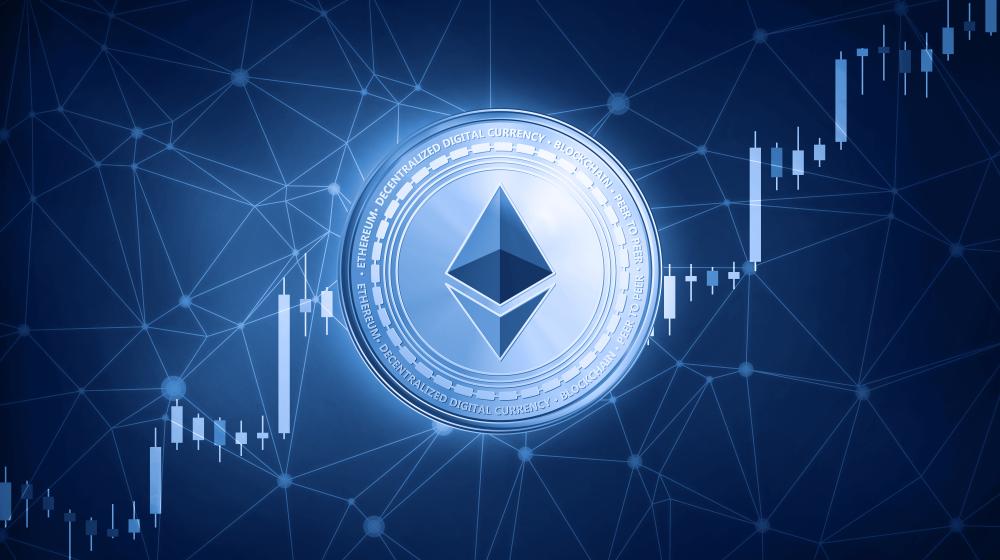- Heath Tarbert describes that upgrading to Ethereum 2.0 could turn all ETH tokens into securities.
- The switch from proof-of-work to the proof-of-stake consensus algorithm is responsible for this.
As we have already reported, CFTC Chairman Heath Tarbert confirmed that ETH is not a security within the meaning of US law. This cleared up all the concerns of many investors for the time being and the discussion had largely calmed down. Tarbert once again caused a stir with a new statement.
Are all ETH 2.0 tokens to be classified as securities?
The chairman of the US Commodity Futures Trading Commission (CFTC), Heath Tarbert, explained on Tuesday at the “Coindest Invest Conference” taking place in New York that tokens created by staking at the proof-of-stake (PoS) could be classified as security.
All tokens generated by proof of work are classified as an asset and not as a security, but the prevailing opinion about tokens generated by staking at PoS does not seem to be entirely clear. Furthermore, this execution also applies to tokens that are to be used on a PoS chain. Tarbert explains this:
We think about it carefully.
In the first quarter of next year, Ethereum will undergo an upgrade to Ethereum 2.0, which is scheduled for release. Not only will Ethereum be upgraded from Proof-of-Work consensus to Proof-of-Stake, but it will also be upgraded from Proof-of-Work consensus to Proof-of-Stake.
In this context, the important question arises as to whether future ETH 2.0 tokens will be classified as securities. This not only entails a whole series of different changes in the KYC and AML areas, but also in the taxation of profits. To date, there are no further explanations or supplementary information on Tarbert’s statement.
USA could lose leadership role
However, Tarbert further states that the USA must take the lead in the area of blockchain and fintech innovations:
As a regulator, I would at least like to create an environment in which innovation can flourish. […] Clarity and consistency is the first step towards leadership.
He and his team will do their utmost to ensure that a single regulatory framework is put in place that creates the best conditions for innovation to flourish. Bitcoin bull and multiple billionaire Mike Novogratz recently pointed out in several interviews that the United States could lose leadership to China if national regulators continue to work so slowly:
If the US regulators don’t allow for fintech innovation, the Chinese will eat our lunch. Xi’s comments on Friday were significant. Crypto and blockchain will be part of the financial and consumer infrastructure in the future.
In the first quarter of next year, China will launch its own digital currency, the digital yuan, supported by the country’s central bank. Furthermore, the new “Crypto Law” will come into force on January 1, 2020, which will regulate all legal issues in the area of blockchain, digital assets and Fintech innovations.
President Xi as well as other state media praised the blockchain and its potential for their own country. In an article by Xinhuan, one of China’s largest state media, Bitcoin was described as “the most successful application on the blockchain” and all the advantages and disadvantages of BTC were presented neutrally.
The mood in China seems to be changing, so this could have a positive influence on the further development of the crypto market. It remains to be seen whether China will replace the USA as the leader in the long term.
Follow us on Facebook and Twitter and don’t miss any hot news anymore! Do you like our price indexes?
Recommended for you:
- Buy Ethereum Guide
- Ethereum Wallet Tutorial
- Check 24-hour Ethereum Price
- More Ethereum News
- What is Ethereum?
Subscribe to our daily newsletter!
No spam, no lies, only insights. You can unsubscribe at any time.




